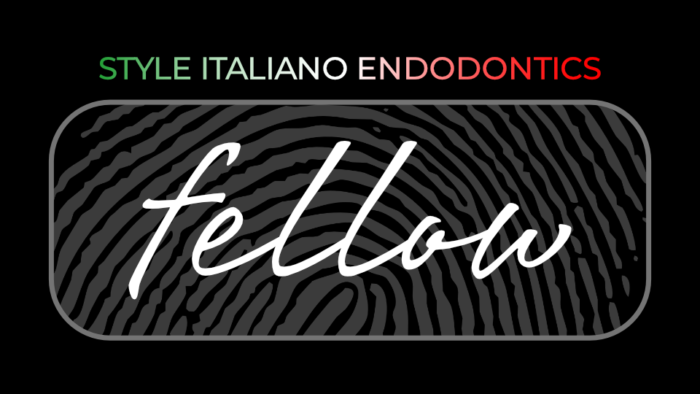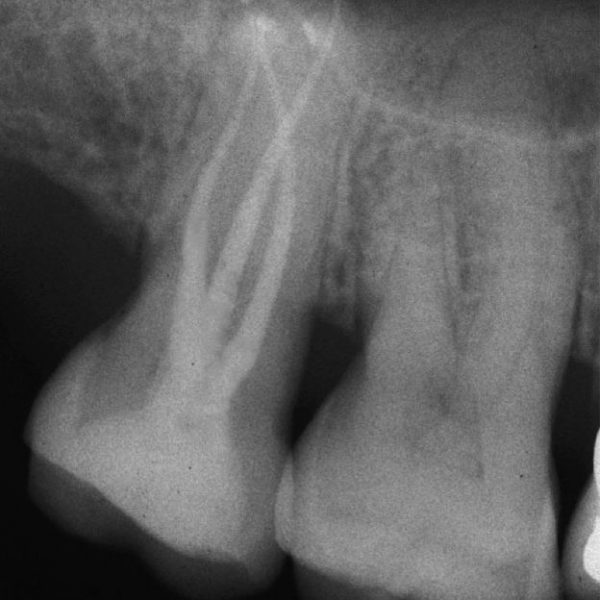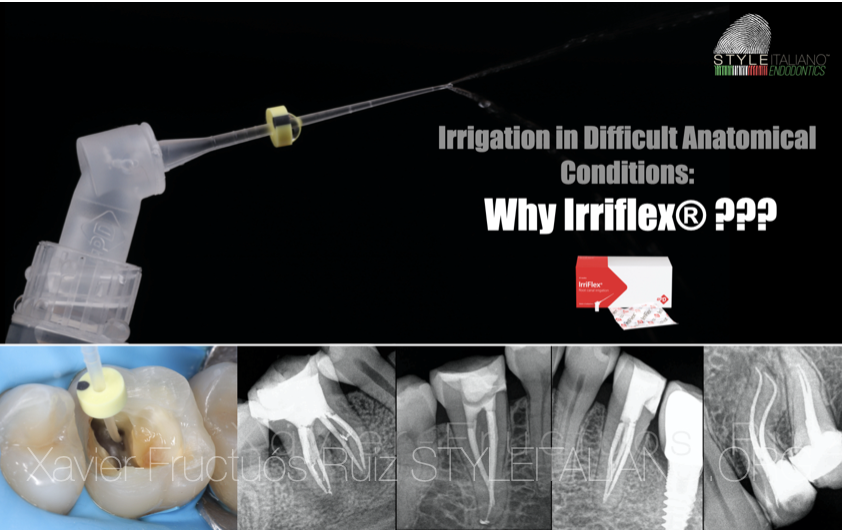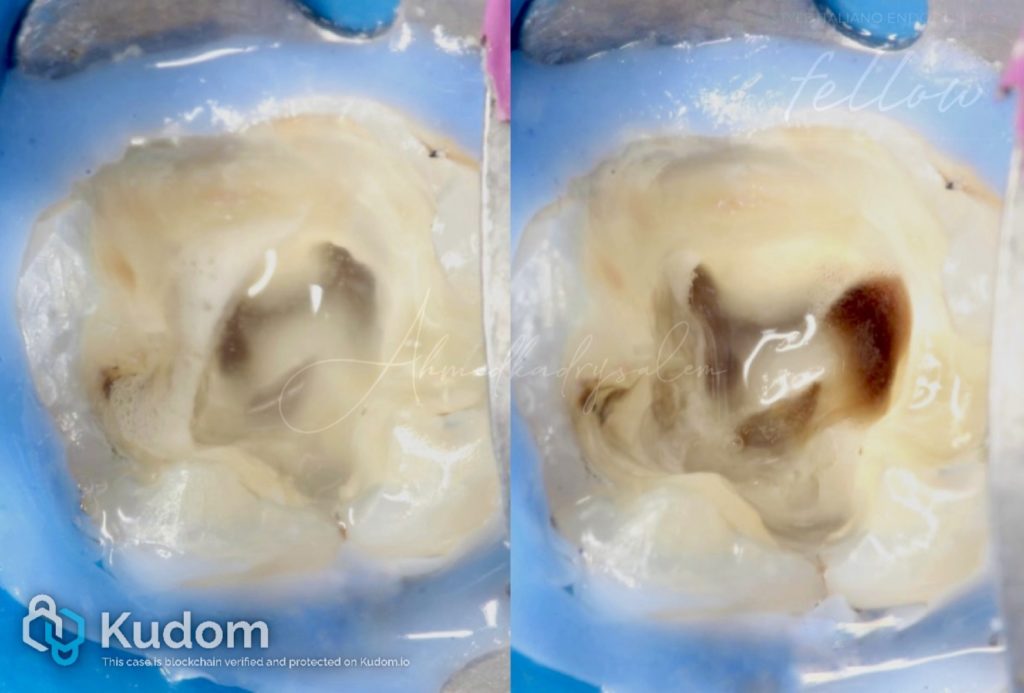
Maximizing the Efficacy of Sodium Hypochlorite in Endodontic Disinfection: A Clinical Overview
31/07/2025
Fellow
Warning: Undefined variable $post in /var/www/vhosts/styleitaliano-endodontics.org/endodontics.styleitaliano.org/wp-content/plugins/oxygen/component-framework/components/classes/code-block.class.php(133) : eval()'d code on line 2
Warning: Attempt to read property "ID" on null in /var/www/vhosts/styleitaliano-endodontics.org/endodontics.styleitaliano.org/wp-content/plugins/oxygen/component-framework/components/classes/code-block.class.php(133) : eval()'d code on line 2
Enhancing NaOCl efficacy in endodontics through exposure time, activation techniques, concentration, and temperature for optimal disinfection.
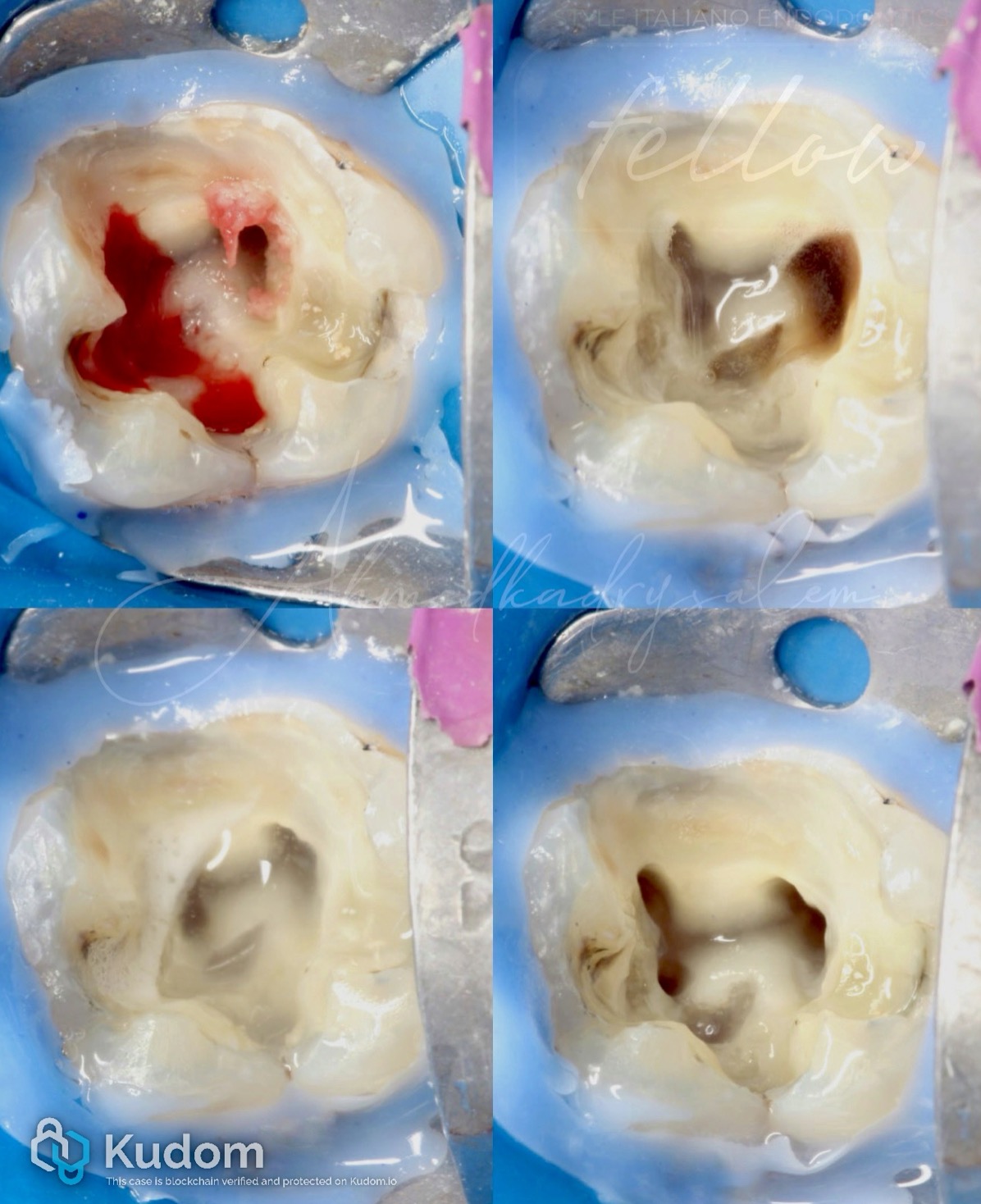
Fig. 1
1. Exposure Time and Volume
Extended exposure time has been shown to significantly improve NaOCl’s antibacterial effect [2]. Using greater volumes and allowing the solution to remain in the canal for longer durations increases its interaction with tissue remnants and bacterial biofilms.
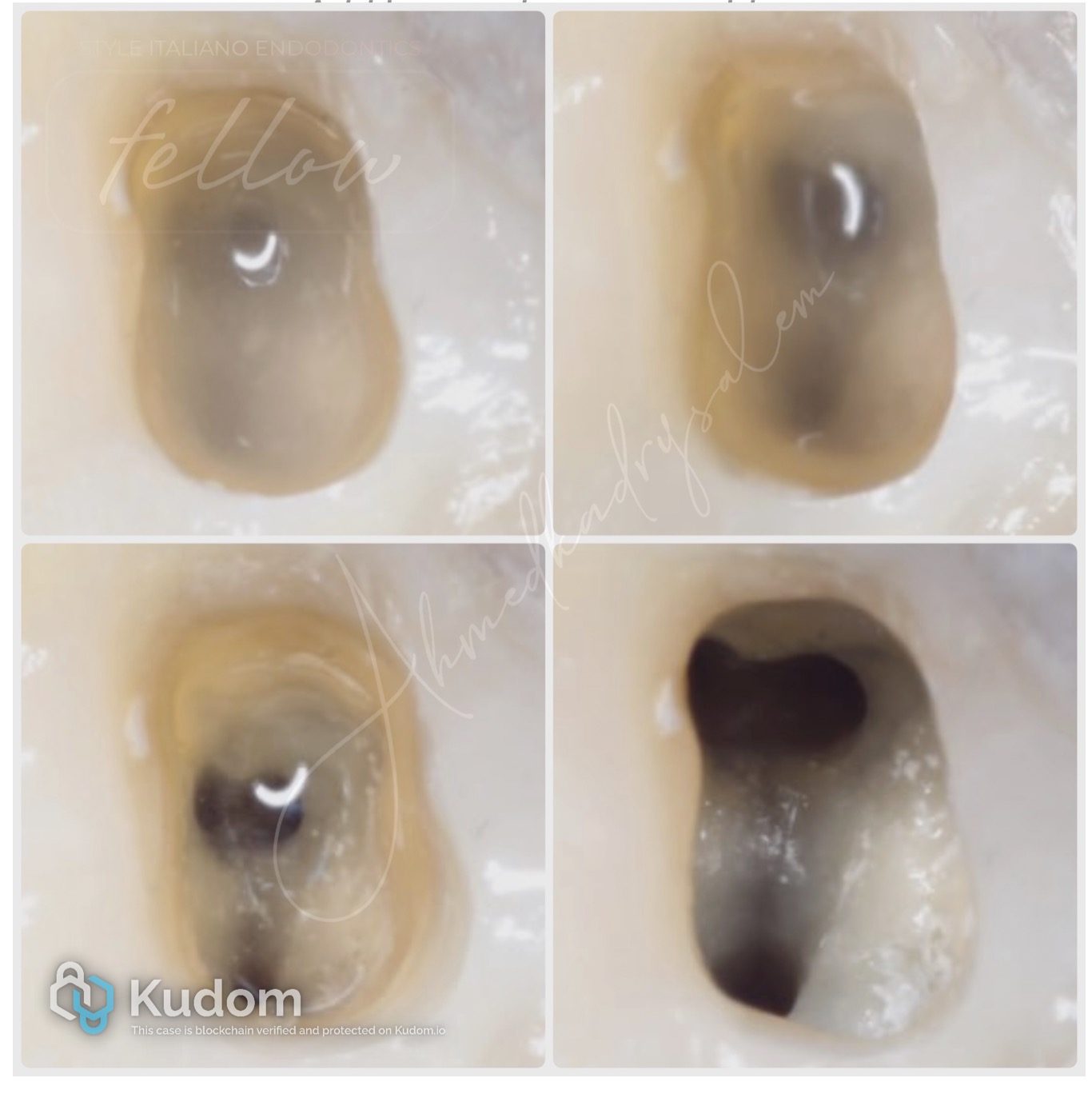
Fig. 2
The continuous chemical reaction between NaOCl and organic tissue leads to rapid depletion of available chlorine. Periodic refreshment of the solution during treatment helps maintain its oxidative potential and cleaning efficacy [2].

Fig. 3
3. Irrigant Activation Techniques
Mechanical activation of NaOCl facilitates better penetration into lateral canals and dentinal tubules. The three most widely used activation techniques include
3.1 Manual Dynamic Agitation (MDA)
After canal shaping, the master gutta-percha cone is inserted into the canal filled with NaOCl and agitated in short, rapid 3 mm strokes. This method enhances irrigant exchange and can overcome the vapor lock effect near the working length [3].
3.2 Passive Ultrasonic Irrigation (PUI)
Despite being termed "passive," ultrasonic tips actively generate acoustic streaming and cavitation, significantly enhancing NaOCl’s action. The ultrasonic tip must operate within a canal space at least three times its diameter. This technique is particularly valuable and can be the key to avoiding failure in a lot of cases [3].
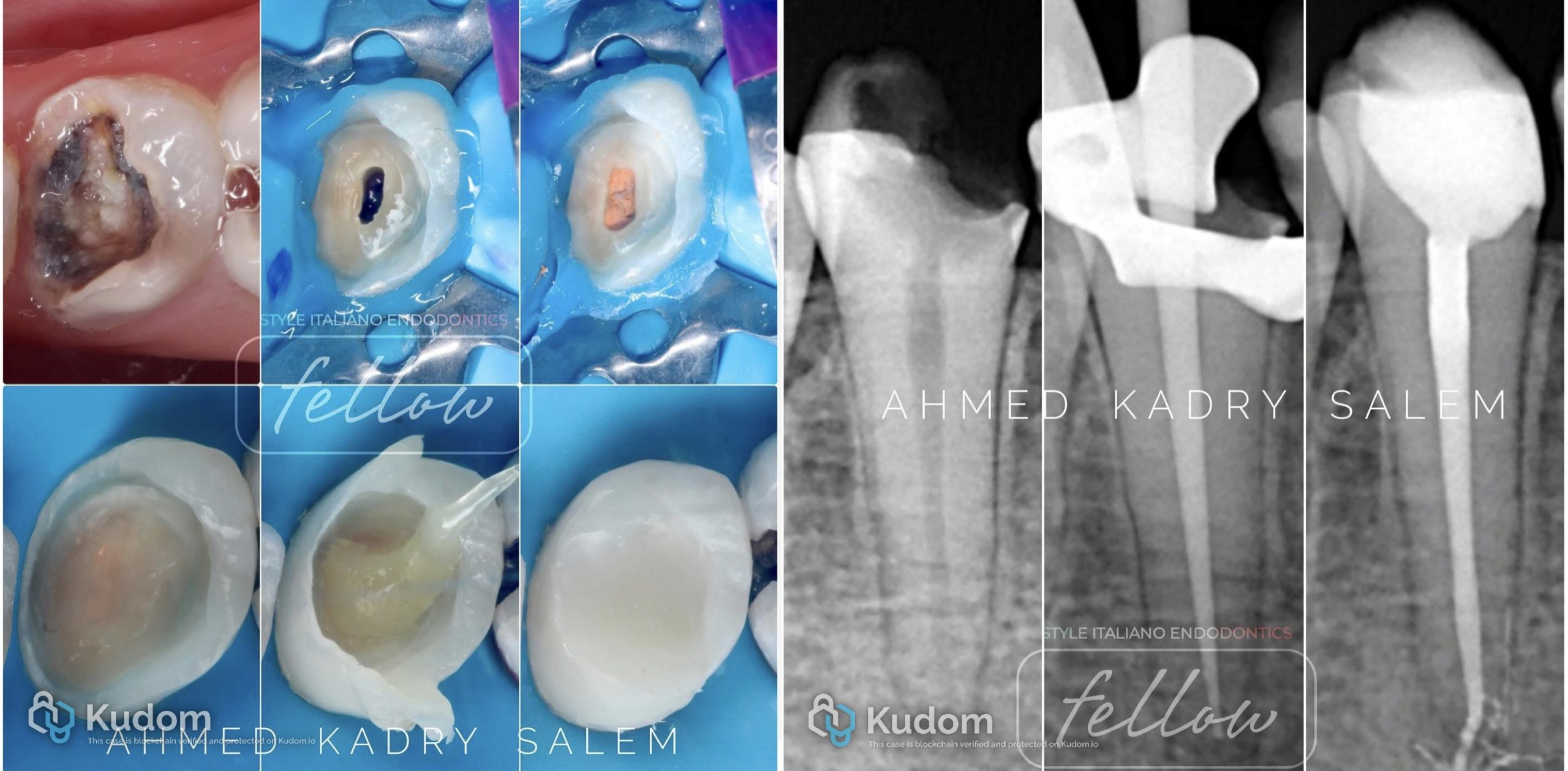
Fig. 4
Complete case
3.3 Sonic Activation
Sonic devices operate at approximately 400 Hz, producing high-amplitude oscillations without cutting the dentin. This technique is preferred in anatomically complex canals where conservative cleaning is essential [4].
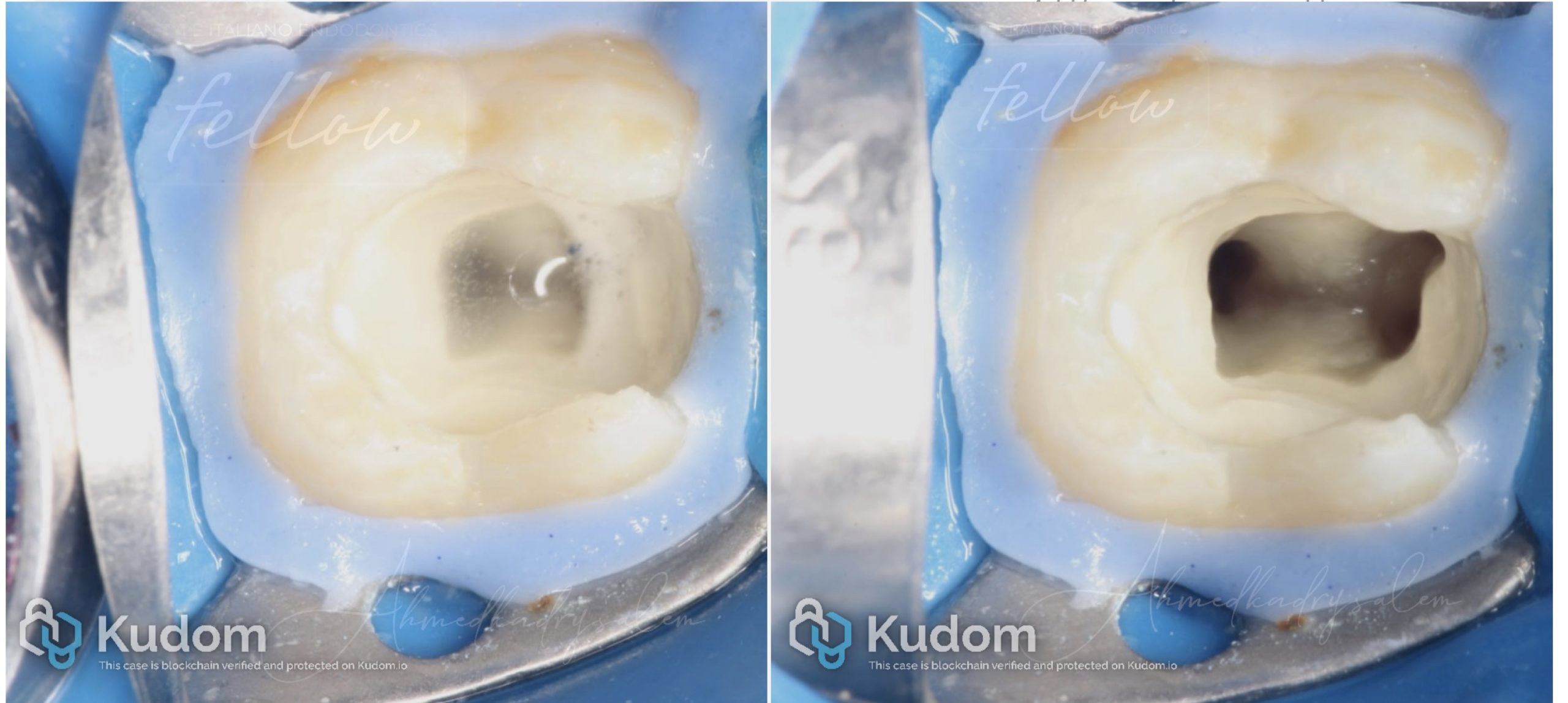
Fig. 5
NaOCl in situ
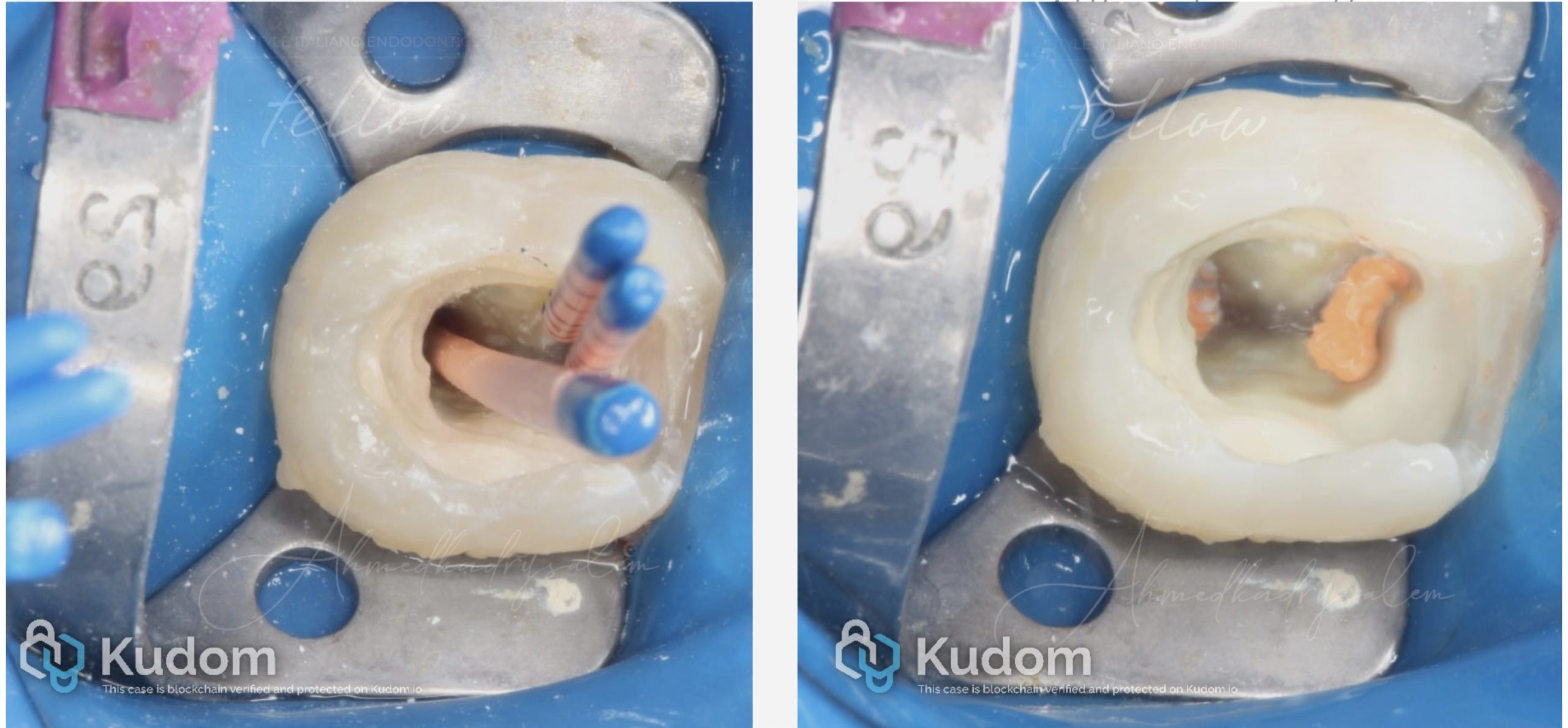
Fig. 6
Obturation steps
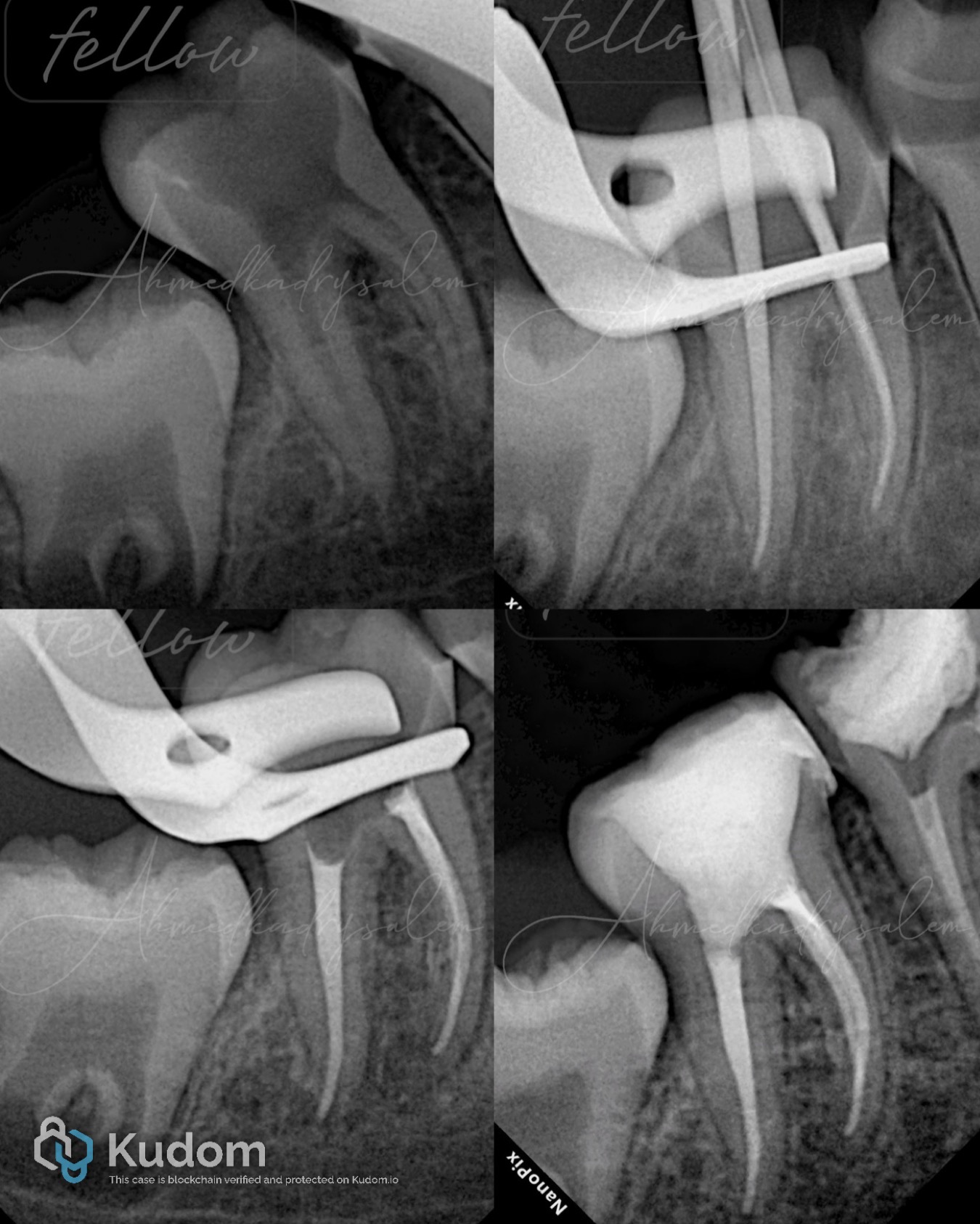
Fig. 7
Complete case
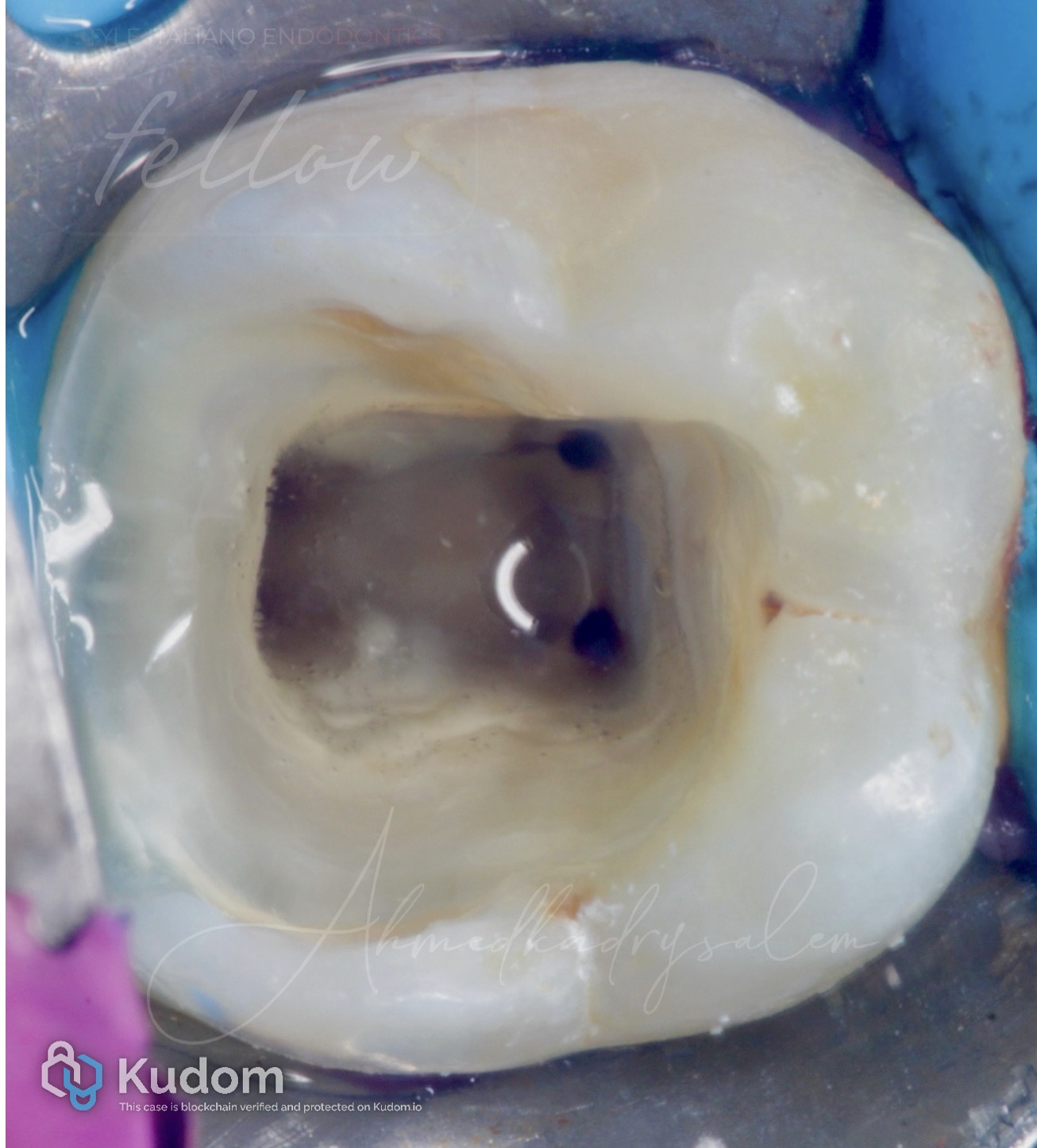
Fig. 8
4. NaOCl Concentration and Penetration Depth
Higher NaOCl concentrations (5.25%–6%) have demonstrated greater tissue-dissolving ability [5]. Furthermore, penetration into dentinal tubules is concentration-dependent and plays a vital role in eliminating bacteria within inaccessible regions of the canal system.
5. Heating the Irrigant
Raising the temperature of NaOCl increases its chemical reactivity and accelerates tissue dissolution. Intra-canal heating is more effective than pre-heating outside the canal, enhancing NaOCl’s cleaning capabilities without compromising safety [6].

Fig. 9
About Dr. Ahmed Kadry Salem
- BDS - Pharos University
- Msc in Endodontic - Alexandria University
- T.A - AAST Alamein Branch
- T.A - Alexandria National University
- Fellow of Style Italiano Endodontics
- Member of Royal College of Edinburgh
- Founder of Kadry Dental Care
- Founder of Dental Products Review Group
Conclusions
Enhancing the effectiveness of sodium hypochlorite requires a strategic approach involving agitation, concentration, temperature, and exposure optimization. Incorporating these evidence-based strategies into daily clinical practice significantly increases the success rate of endodontic treatment and reduces the risk of persistent infection.
Bibliography
1. Peters OA, Laib A, Rüegsegger P, Barbakow F. Three-dimensional analysis of root canal geometry by high-resolution computed tomography. J Dent Res. 2000;79(6):1405–1409.
2. Gomes BP, Aveiro E, Kishen A. Irrigants and irrigation activation systems in endodontics. Braz Dent J. 2023;34(4):1–33.
3. Darcey J, Jawad S, Taylor C, Roudsari RV, Hunter M. Modern endodontic principles part 4: irrigation. Dent Update. 2016;43(1):20–33.
4. Cai C, Chen X, Li Y, Jiang Q. Advances in the role of sodium hypochlorite irrigant in chemical preparation of root canal treatment. Biomed Res Int. 2023;2023:8858283.
Stojicic S, Zivkovic S, Qian W, Zhang H, Haapasalo M. Tissue dissolution by sodium.
5. Stojicic S, Zivkovic S, Qian W, Zhang H, Haapasalo M. Tissue dissolution by sodium hypochlorite: effect of concentration, temperature, agitation, and surfactant. J Endod. 2010;36(9):1558–1562.
6. Dumitriu D, Dobre T. Effects of temperature and hypochlorite concentration on the rate of collagen dissolution. J Endod. 2015;41(6):903–906.

